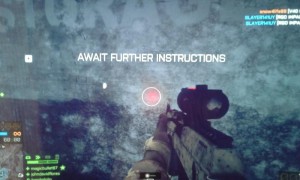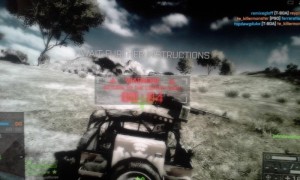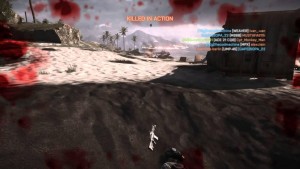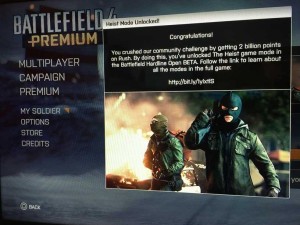As noted above, servers represent the central point of disciplinary expression from a technological perspective. The server administrator performs a similar function at the software level. Administration has at least two distinct modes of implementation: automatic and external (see Figure 29). “Automatic” refers to the devices of discipline that are hardcoded in the game and require no external input to initiate. A good example of this is the so-called, “no man’s land,” or, “red zone(s)” (see Figure 30).


These are areas, used in-map and along the outer border, designated as off limits to players. Entering any of them results in a red-lettered “warning” appearing on the screen with a countdown. The message is simple, go back to where you belong or die, which is what happens if you stay till the end of the countdown (see Figure 31).

This disciplinary routine is automatic and cannot be disabled without changing the code. But how does the game know when someone has entered the, “no man’s land”? Here is where the panoptic principles that rule the game are clearly revealed both visually and audibly.[3] The “automatic” administrator always knows when a player violates the rule of the “red zone(s)” because it is constantly watching and waiting to react to player misbehavior. It is a software version of Bentham’s “governor.”
Another function of the “automatic” administrator is the implementation and maintenance of the system of “rewards and recognitions” alluded to earlier in the piece (se Divisions above). These are used to incentivize the player to play more often, and to spend their money on game-related content that may aid them in their efforts. Often the rewards come in so-called “Battlepacks” (see Figure 32). These are software devices that represent weapon and player modifications (mods) that often have a direct impact on a player’s efficiency and success.

There are also “XP Boost” awards that allow a player to triple, even quadruple the amount of experience points they accrue over a given period of play broken down into hour-long increments. The amassing of experience points is what leads to receiving Battlepacks, and hence, the all-important mods the player needs to improve her or his performance. Thus, just like the prison and pauper-Panopticons, performance according to the rules is rewarded, and non-performance, punished.[4]
